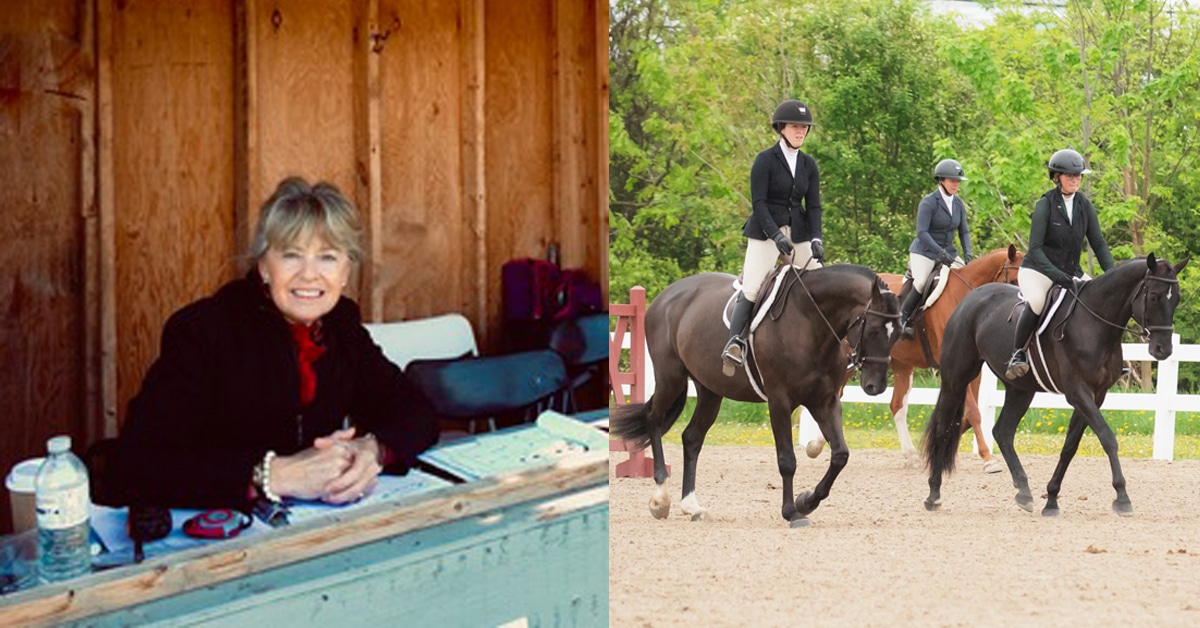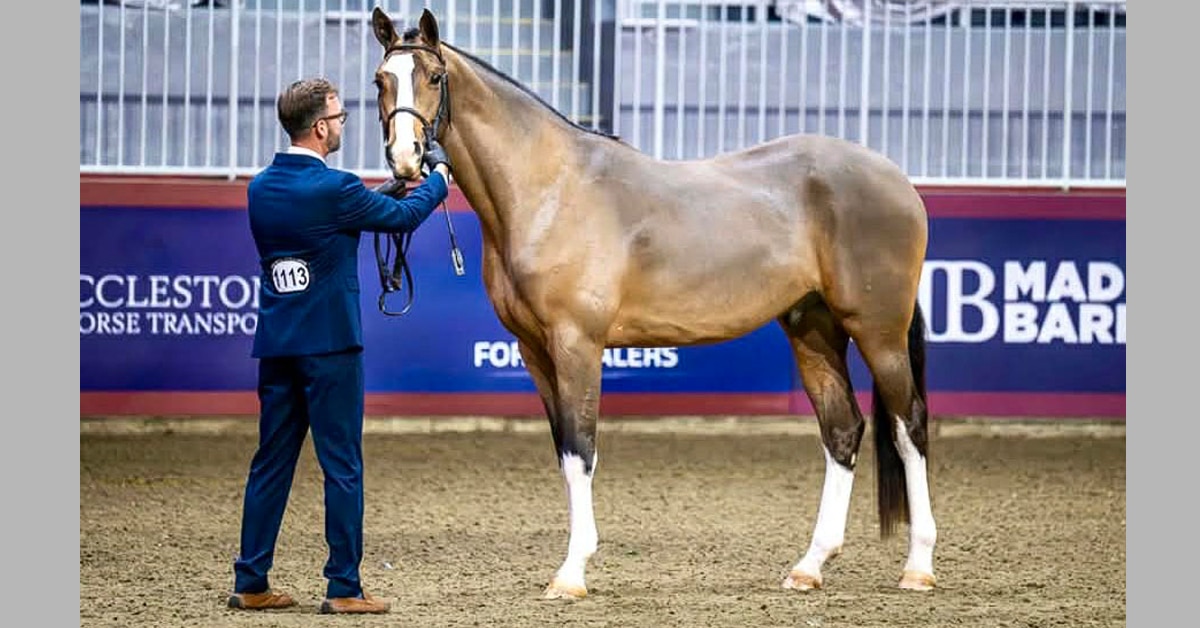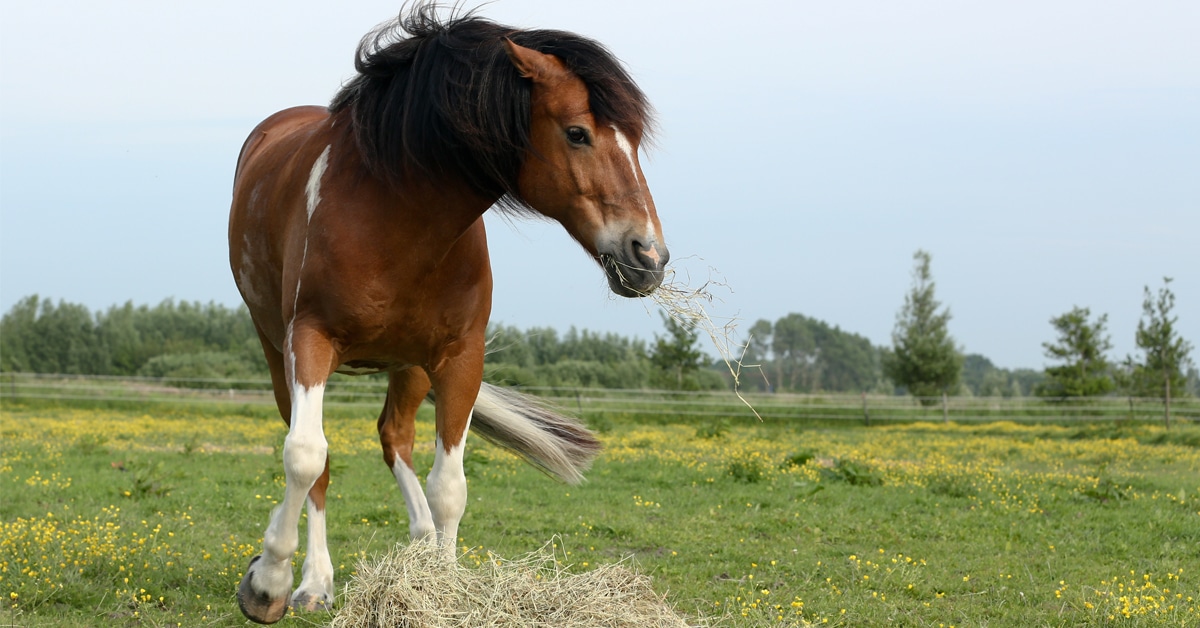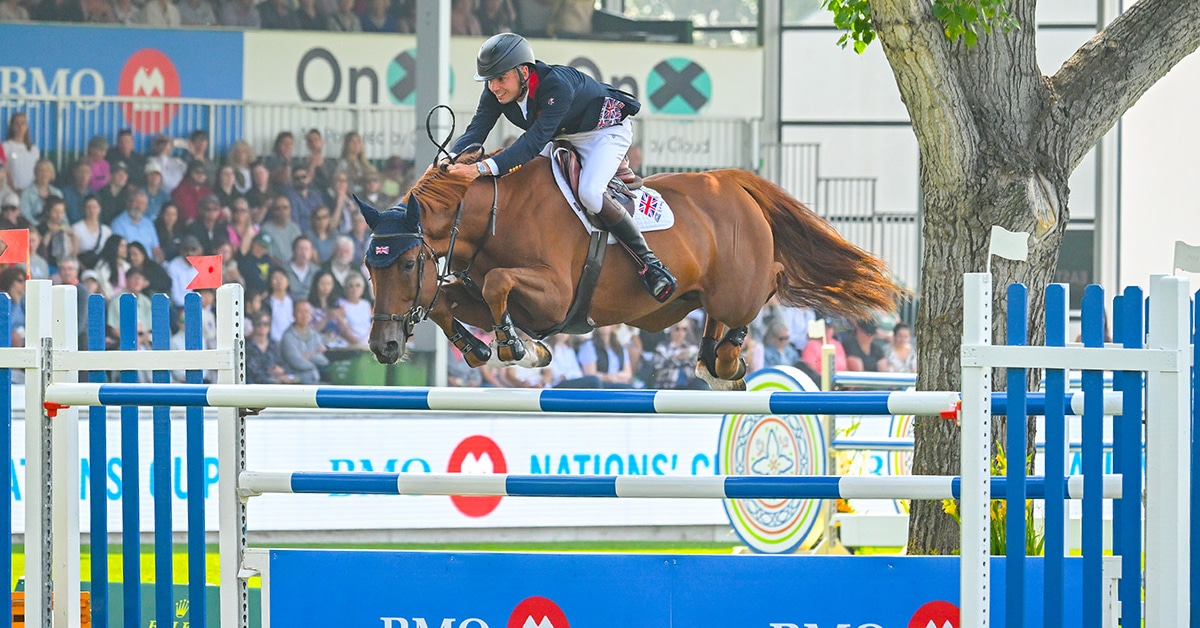Self-carriage is the aim of every dressage rider, on every horse. Developing the ability of the horse to maintain his own rhythm, tempo, stride length, outline, and rein and leg contact is the fundamental goal of dressage training. We turned to Vancouver-based grand prix rider and trainer Wendy Christoff of Delta, BC, for advice on improving self-carriage from training level through to the FEI levels.
“Put simply, self-carriage is the horse’s ability to support himself,” Christoff explains. “Physically it means he has weight on all four legs in balance in whatever the movement is (including halt) and has an even contact on the reins without pulling or dropping the bit, or falling against one of the rider’s legs. Mentally it means the horse has confidence in his ability to hold and maintain this balance to execute whatever movement is requested.
“Self-carriage is essential for the harmony and balance of the ride and the physical development of the horse without interference from the rider. It also creates that “a-ha” moment for riders when they feel their horse come underneath themselves and they are in perfect harmony. In dressage that is the euphoric moment when we realize we are balanced and can do the movements with grace, ease, and perfect control, while not interfering with the horse.
“Self-carriage is not easy to achieve and definitely not easy to maintain. At first we just constantly strive for little moments that eventually become longer moments which are easier to achieve and maintain.”
Different Expectations
While self-carriage is required from horses at all levels of dressage, the expectations of a horse at first level, for example, are not the same as a horse working at Prix St. George. “The natural carriage of a first level horse is a longer and flatter frame than a higher-level horse who is asked to maintain a shorter frame with more weight on the hind quarters for collected movements and more thrust from behind in the extended movements,” says Christoff. “The expectations as you go up the levels are that the rider is able to gymnastically shorten and lengthen the frame more in all gaits and from these shorter or longer frames perform the prescribed movements.
“In training and first level, the goal is to be able to ride the horse in all three working gaits with the introduction of some lengthening of the frame and the introduction of a sideways movement in first level. Transitions are simple and progressive and should be ‘seamless’ in that the horse moves from one gait to another with balance and ease. They should be even in the contact and be able to perform the movements on both reins.
“By the time the horse has been trained to PSG or grand prix he has developed the muscling and the strength to shorten and lift the frame in collection and perform more difficult movements on both reins with ease. For instance, the 20-metre canter circle becomes smaller as you go up the levels. By the time the horse has reached third level, the rider must be able to collect him for a few strides on the circle without pulling on the reins. This is shown by ‘giving’ the reins for a few strides to demonstrate that the horse is in self-carriage and not held together with the bridle.
“Also by this point, the frame shortens even more and the horse can perform a half-pirouette in canter in which he takes more weight on the hind legs and lightens up the front end enough so that he is able to stay in canter and turn a very small half-circle.”
Start with Transitions
According to Christoff, teaching self-carriage begins with basic dressage training, something every horse will benefit from, no matter the discipline.
“First, it is important to stress that the word ‘dressage’ means ‘training.’ All horses, regardless of discipline or breed or conformation, can learn how to balance themselves better in straight lines as well as bending lines and to be equal on both reins. The key to developing this balance is transitions, transitions, transitions – and then add a few more transitions!
“Basic progressive transitions on circles and straight lines encourage the horse to go forward and reach with his neck into the bridle, with the head, neck, and back all in the same line. Both upward and downward transitions need to be done with forward energy, yet without rushing or micromanaging the transitions with the reins. Even the halt needs to be ridden forward so that the horse has a ‘leg on each corner’ and is balanced on all four legs with the back lifted, ready to go forwards or backwards as the rider requests.”
The Stretching Circle Acid Test
“The stretching circle found in training and first level tests is a very good barometer of how your horse is going. He needs to reach forward and downward with his neck while maintaining a contact with the reins. He should not have his head so low that he falls on the forehand; nor should he drop his neck and poll and curl away from the rider. The forward trot rhythm is maintained and he does not rush forward from a loss of balance. The bend of the circle is maintained and he does not fall into the circle nor drift out of it. He must stay between the rider’s legs and hands so that when the reins are picked up, the rhythm is maintained.
“This needs to be done on both reins, so I always ride figures of eight in the stretched frame to help with suppleness. Later, as the horse becomes stronger, I ask them to stretch on a canter circle without falling on the forehand and to be able to maintain the rhythm and balance when the reins are picked up.”
TRY THIS AT HOME:
Lower levels – turn on the forehand to turn on the haunches.
The purpose of this exercise is to be in control of both the front legs and the hind legs and to be able to change direction and bend without losing rhythm. This helps develop self-carriage by maintaining a back-to-front connection.
1. Ride a 10-metre circle forward until the horse is walking freely into the bridle and is even on both reins.
2. Reduce the size of the circle to approximately 6 metres (this can be smaller if the horse and rider are familiar with turns on the forehand and haunches).
3. While maintaining a clear four-beat rhythm with inside flexion, bring the shoulders into the circle using the outside aids.
4. As you turn the shoulders into the circle, push the haunches out of the circle, using your outside to leg maintain control of the haunches.
5. Both front and hind legs should cross evenly.
Once the turn on the forehand is happening evenly and easily, begin to change to the turn on the haunches.
1. Sitting into the direction of bend (i.e. on left seat bone for left bend), push the haunches slightly into the circle.
2. Using the outside aids, turn the outside shoulder in until the shoulders are slightly ahead of the haunches (the haunches are still inside the circle walking a smaller circle and the shoulders are slightly ahead, turning a larger circle).
3. Maintain the walk rhythm and keep turning the shoulders with the hind legs stepping, but not crossing (the front legs cross).
4. Use small half-halts to keep the horse balanced on his hind end and active.
Once the turn on the haunches is easy, either repeat with turn on the forehand to turn on the haunches, or straighten and change bend and repeat on the other rein.
Upper levels – Canter half-pass to counter-canter circle to half-pass
The purpose of this exercise is to maintain the connection and self-carriage in the canter half-pass by rebalancing with counter-canter.
1. Ride a 20-metre circle, first in shoulder-fore and then in travers, to ensure you have control of both the shoulders and the haunches.
2. Go forward and back in the canter on the circle to keep the horse on the aids.
3. From the corner (left rein) prepare and ride half-pass to X.
4. Keep the forehand slightly leading in the half-pass and make sure the contact in the reins is even and you are not pulling the horse over the inside shoulder with the inside rein.
5. Maintain bend and forward impulsion with the inside leg; the outside leg is slightly back, supporting the haunches and your weight is over the inside seat bone with shoulders level.
6. Just before X, straighten the horse, but maintain inside flexion.
7. At X, ride a 10-metre circle in counter-canter. Keep the canter forward enough to help the horse rebalance onto the hind legs and remain uphill in the connection with the bridle.
8. Upon approaching X, keep the shoulders slightly leading onto the diagonal line and ride forward out of the circle in half-pass.
9. Complete the half-pass to the wall.
10. Ride counter-canter through the short side to improve collection and balance, cross the short diagonal and repeat the exercise in the opposite direction.
REALITY CHECK
Are you guilty of any of these common errors that can negatively influence self-carriage?
- Pulling on the inside rein to turn
- Seesawing the horse’s head down with the reins
- Kicking and pulling at the same time
- Not giving the rein properly with a sympathetic, following hand
- Sitting in the back of the saddle with a curled behind and/or sitting on the tailbone, making your legs ineffective
- Perching on knees and toes, resulting in tipping forward
- Straight arms that bounce on the horse’s mouth
- Lack of a proper half-halt (see “Demystifying the Half-Halt” in the June issue)
- Leaning in the saddle away from the bend
- Pulling on the reins for a downward transition
- Allowing the horse’s back to drop in the halt
- Dropping the reins in walk instead of asking the horse to walk forward on the bit
- Stopping the horse in a downward transition, pushing the horse onto the forehand
- Balancing on the reins instead of seat and legs
- Asking the horse to over-collect before a movement
- Riding the corners too deeply, putting the horse out of balance
- Cutting corners, allowing the horse to lean on the inside leg
The Latest









